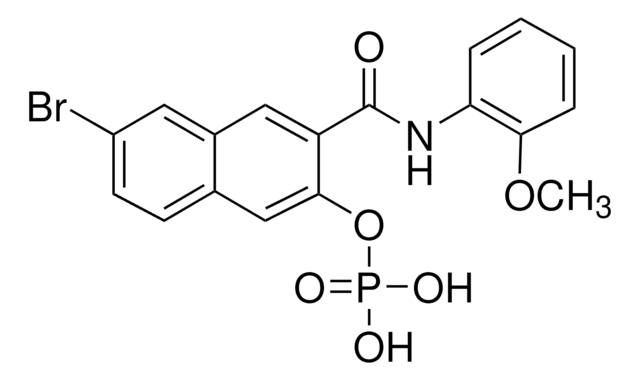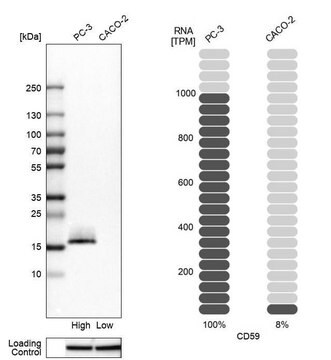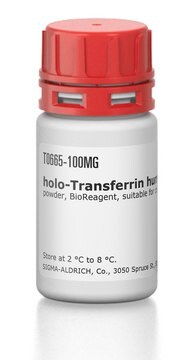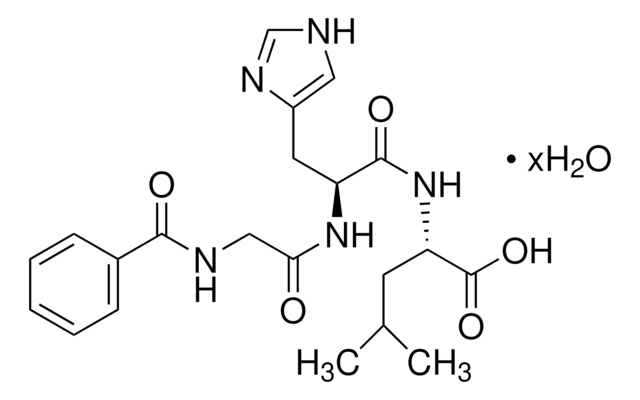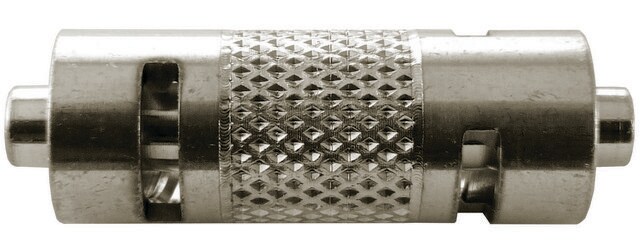MAB1759
Anti-CD59 Antibody, clone 2/24
clone 2/24, Chemicon®, from mouse
Synonym(s):
Protectin
About This Item
Recommended Products
biological source
mouse
Quality Level
antibody form
purified immunoglobulin
antibody product type
primary antibodies
clone
2/24, monoclonal
species reactivity
human
manufacturer/tradename
Chemicon®
technique(s)
flow cytometry: suitable
immunofluorescence: suitable
isotype
IgG1
NCBI accession no.
UniProt accession no.
shipped in
wet ice
target post-translational modification
unmodified
Gene Information
human ... CD59(966)
Related Categories
General description
p I = 6.1
Specificity
Cell reactivity (Fletcher et al., 1990a,b; Hadam, 1989):
The antibody reacts with all leucocytes, platelets, fibroblasts, erythrocytes and most cell lines. It is negative on U937 and Daudi cell lines. It is reduced on affected cells from patients with PNH with a distribution reflecting the clonal nature of the disease.
Immunogen
Application
Inflammation & Immunology
Immunoglobulins & Immunology
SUGGESTED USAGE DILUTION
1. Flow cytometry and indirect immunofluorescence 1:25
Dilute with isotonic buffer. Use 50 μl of the appropriate dilution per 1x10E6 cells in 100 μl buffer.
Physical form
Storage and Stability
WARNING: The monoclonal reagent solution contains 0.1% sodium azide as a preservative. Due to potential hazards arising from the build up of this material in pipes, spent reagent should be disposed of with liberal volumes of water.
Other Notes
Legal Information
Disclaimer
Not finding the right product?
Try our Product Selector Tool.
Storage Class Code
12 - Non Combustible Liquids
WGK
WGK 2
Flash Point(F)
Not applicable
Flash Point(C)
Not applicable
Certificates of Analysis (COA)
Search for Certificates of Analysis (COA) by entering the products Lot/Batch Number. Lot and Batch Numbers can be found on a product’s label following the words ‘Lot’ or ‘Batch’.
Already Own This Product?
Find documentation for the products that you have recently purchased in the Document Library.
Our team of scientists has experience in all areas of research including Life Science, Material Science, Chemical Synthesis, Chromatography, Analytical and many others.
Contact Technical Service